In 1985, NASA put into service the largest flying laboratory in the world – a modified McDonnell Douglas DC-8-72 passenger jet, which the aerospace agency had acquired two years earlier. Over the past 40 years, NASA says the instruments and sensors on board the flying lab have been used for studies in archaeology, ecology, geography, hydrology, meteorology, oceanography, volcanology, atmospheric chemistry, cryospheric science, soil science, and biology. In May 2024, NASA formally retired the DC-8.
Since 2008, Armin Wisthaler – Adjunct Professor, Institute for Ion Physics & Applied Physics, University of Innsbruck, Austria, and Professor, Environmental Sciences, at the University of Oslo, Norway – has been supporting NASA in selected missions where they need to measure the chemical composition of the air, as part of their satellite-based remote sensing of the Earth’s atmosphere. The DC-8 has dozens of state-of-the-art instruments for measuring trace gasses and aerosol particles in the air, including two of IONICON’s PTR-TOF instruments, which are Wisthaler’s focus as Instrument Principal Investigator of the NASA Tropospheric Composition Program.
Here, he tells us about the challenges involved, his lessons learned, and NASA’s plans for a successor to the DC-8.
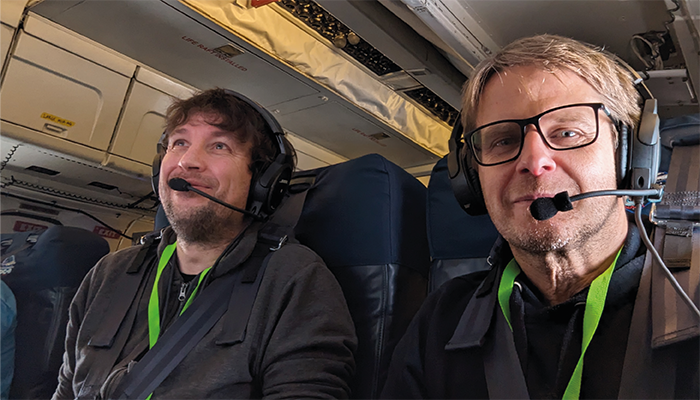
Tomas Mikoviny (left) and Armin Whisthaler (right) in the DC-8
What are some of your main research interests?
I have a background in physics, with specialization in mass spectrometry and ion processes. During my PhD at the University of Innsbruck in the late 1990s, I learned how to use proton-transfer-reaction mass spectrometry (PTR-MS) for measuring reactive trace gasses in the Earth’s atmosphere. That got me interested in the field of atmospheric chemistry and, ultimately, I was appointed Professor of Atmospheric Chemistry at the University of Oslo in 2014. Based on my background as a physicist, I still like to develop and improve chemical-analytical instruments and make challenging measurements.
And how did you get involved in DC-8? What attracted you to the project?
During my PhD, I flew a PTR-MS instrument aboard a C-130 aircraft over the Indian Ocean. Back then, I learned that NASA operates a much larger flying laboratory. As a young scientist, I obviously dreamed of working for or with NASA. However, at that time, the PTR-MS method was new and not well established, and we were a more or less unknown European group. It took us some time to convince our NASA colleagues but we eventually got our chance to fly on the DC-8 in 2008. We must have done well – since then we have been part of the team.
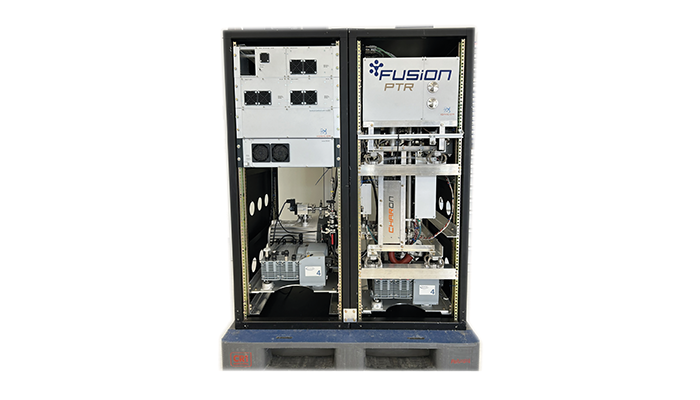
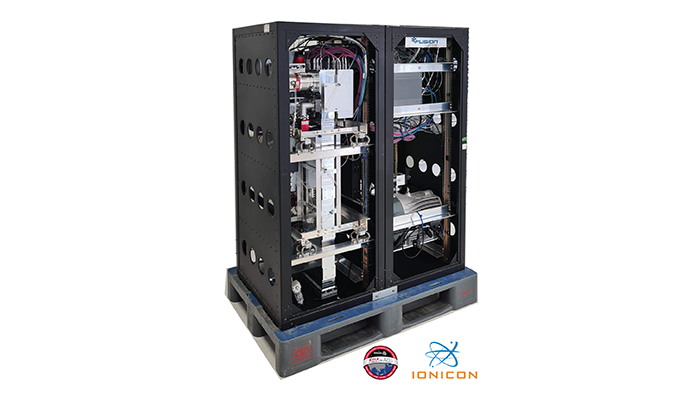
Can you talk me through some of the Flying Lab’s main campaigns?
We have been flying the PTR-MS instrument on several different NASA flying laboratories since 2008. We have measured emissions from forest fires in the US and in Canada, flown to the North Pole to study long-range transport of pollution, measured emissions from algal blooms in the North Atlantic, investigated oil and gas emissions over the US, and, during our last campaign (ASIA-AQ), measured air pollution over Manila, Seoul, and Bangkok.
What is your role in the project today?
I serve as an Instrument Principal Investigator (PI). Together with our partner IONICON Analytik, we have two PTR-TOF instruments ready to fly on NASA’s flying laboratories: one measures organic trace gasses and the other detects organic substances in aerosol particles. Whenever NASA needs such measurements, we are ready to support them.
Which analytical instruments are on board? Why were they chosen?
During the most recent ASIA-AQ campaign, the DC-8 payload consisted of 26 instruments. This extensive payload allowed the researchers on board to comprehensively measure the physical and chemical characteristics of trace gasses and aerosol particles in the air. For the duration of the ASIA-AQ campaign, the NASA DC-8 was probably the best-equipped air pollution laboratory in the world.
What are some of the biggest challenges of running a mass spectrometer on board a flying laboratory?
An aircraft cabin is very different from a lab on the ground, which is a clean and temperature-stabilized environment with continuous power. On the DC-8, we power up the mass spec only 3 hours before take-off. That is very little time for establishing a high vacuum and getting the instrument to run stably. The instrumental background is usually high because of all the pollution picked up from the airport. And cabin temperatures can reach up to 40 °C during flight. These are all conditions that mass specs do not like and we had to make many changes to the commercial PTR-TOF analyzer to cope with these issues.
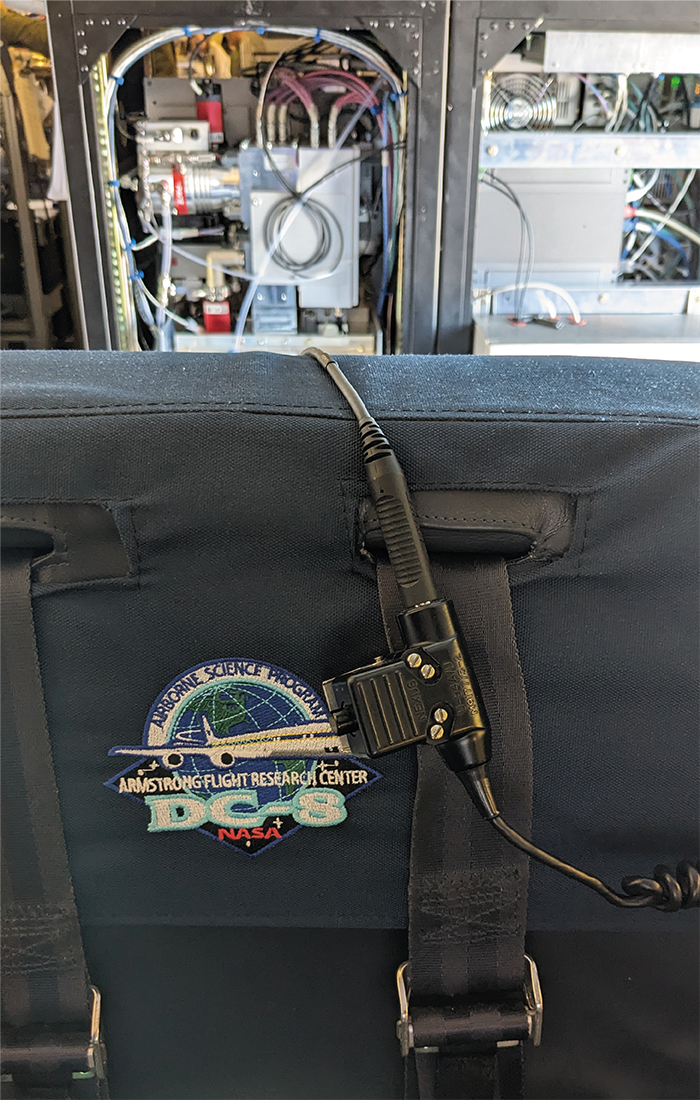
Have you learned any key lessons working with NASA and on the “flying lab”?
One of the main things I learned was the importance of collaboration. I am leading a small university research group, which does not have the resources for doing this work alone. We have a company partner, IONICON Analytik, which employs some of the best instrument developers in the world and provides us with the latest and best PTR-TOF technology. Our expertise is to make airborne measurements and to produce high-quality data, which are then used by atmospheric chemists and satellite remote sensing experts throughout the world.
Do we need more “flying laboratories”?
The NASA DC-8 will retire this year, and its successor, a Boeing 777, is currently being transformed into a flying laboratory. That is a large plane, offering new research opportunities in many fields. Speaking specifically about air quality studies, since that is my focus, I believe these will be taken to a new dimension in the years to come. Everybody knows satellite weather imagery from the news; soon we will get hourly satellite images showing air pollution over North America, Europe and Asia. This still brings many challenges and we will need to fly laboratories under these satellites to help improve the satellite data. I am working with NASA towards taking one of their flying laboratories to the Po Valley, which is one of the most polluted regions in Europe.
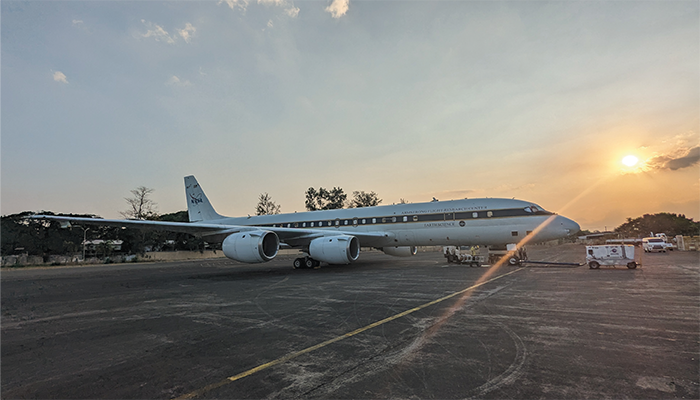
What’s next for your flying lab work?
The field phase of ASIA-AQ is now over and we will analyze and quality-assure the collected data for several months. Then we will make the data available to the whole science community and engage in joint publication activities. My personal goal is to bring one of NASA’s flying laboratories over to Europe to support European efforts to diagnose air pollution from space.
Coming up, an interview with Tobias Reinecke, R&D scientist at IONICON, who shares a day in the life of a flying laboratory scientist: dealing with heavy G-forces, rapid pressure changes, and planned maintenance – at 40 °C with the press on board… Watch this space!
Image credits: Supplied by Armin Whisthaler




